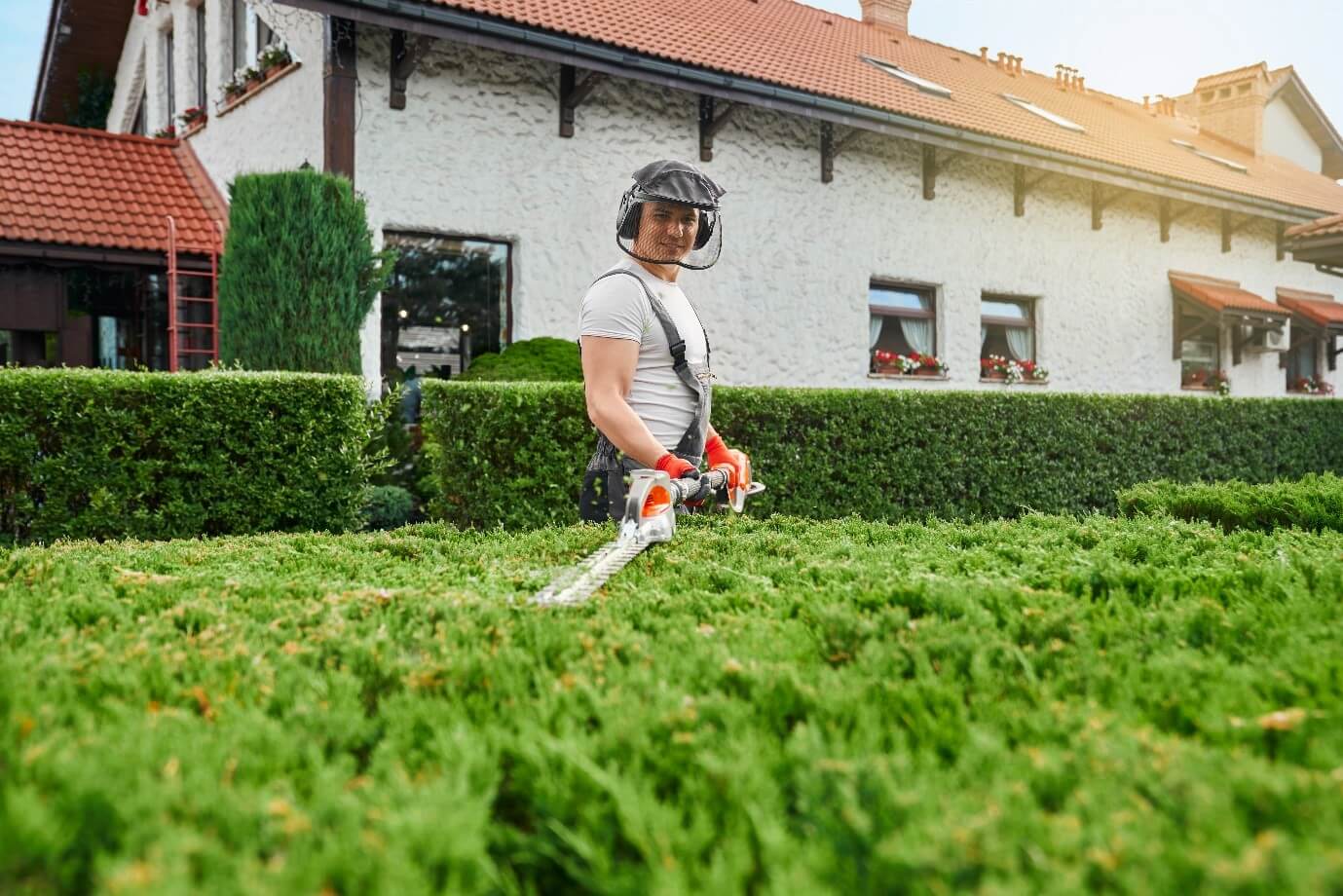Thus, the subject indicates that there is a notable desire all over the world in terms of making more conscious choices regarding our surroundings. Many homeowners, businesses, and governments have done a lot to manage their wastes properly and, at the same time, protect the species’ habitats. A field in which such a movement is most appropriate is landscaping. It may come to as a surprise, but the choices we make in our yards and gardens have direct bearing on the overall health of ecosystems, reduced maintenance cost and greener landscape that are in consonance with nature.
Here, we would like to reveal what is known as ecological landscaping, describe the advantages of the presented concept, and offer some guidelines on the implementation of such a practice. From defining smart strategic design issues to smart selection of plants, water and waste management, smart recycling of waste including green landscape maintenance issues, and exploring the viability of some green material options with specific examples within Australia. Now that we have a clear an understanding of gardens that are environmentally friendly let us get started on creating a sustainable tomorrow.
Understanding Eco-Friendly Landscaping
It includes practices that minimize the generation of wastes and pollution, the use of water and energy, the health of the soil, and local bio-diversity. Eco-friendly landscaping is a way by which the climatic and environmental factors are taken into consideration with regards to the climate of the place, type of soil, water, and light available for plants, the wildlife of the place, and then the best is used to make the environment self-sustaining and self-sufficient in terms of the garden.
Eco-friendly landscaping extends beyond the type of plants; it also encompasses the right method of watering the plants; the type of garden products used; and the methods used in taking care of the lawn. Evaluating a yard does not have to be a daunting task as it is easy for one to turn any compound into an appealing and useful green area that will conserve water and is useful to the ecosystem as it is a good source of oxygen.

How does Sustainable Landscape Planning Benefit the Environment?
There are so many advantages that are accorded by the use of sustainable landscaping in the environment. The most obvious among these is the retention in what refers to water. With succession to plants that thrive in your region the water required for watering these plants will be minimal, hence cutting on the amount to be spent on the bill.
Organic gardens, free from chemicals also enable the bearing of a balanced ecosystem because they support local insects and birds that are helpful. They also facilitate reduction of soil erosion and improve on air quality since they store carbon. Also, gardening has been also found to have positive effects on mental health whereby gardening creates a serene environment within the comfort of one’s home.
Measures That Will Enable One to Develop an Environmentally Friendly Landscape
Strategic Planning and Design-
However, like any other sustainable project, it is crucial to start with the best plan. Here are some simple ways you should consider adopting: Being able to know more about your yard, its length of solar exposure, the type of soil you have, the wind flow – you can then maybe plant more trees or install some structures that will fit the type of environment you have.
These you should study so as to know at what times of the day or year the areas of shadow and sun are, where the winds are powerful or gusty, and you should also take samples of the soil and try to determine what it is lacking. This will help you decide where you should plant trees, how to position your plants in your garden, where you should place your composing pile, and which type of plants you should plant.
Indigenize Your Landscape-
Before actually designing your landscape there is something that should be taken into consideration as a priority and this is the native plants. Native plants are able to withstand local diseases and pests since they are hard-wired to the climatic and soil conditions of the area, unlike exotic plants. They also are not very demanding in the aspect of watering and caring hence they can save time, water, and energy needed for such.
In Australia, selecting indigenous plants such as Kangaroo paws, Wattle or Bottlebrush creates a beautiful landscape that also helps to sustain Australia’s wildlife through food and shelter for insects, birds and other native species of fauna.
Effective Water Management-
Water management is very important as it forms the central part of sustainability in the landscape. This comprises of simple measures such as the use of smart irrigation techniques such as watering in the early morning to avoid loss through evaporation as well as use of rain water harvesting. Drought tolerant or indigenous species are useful in saving general water consumption. Furthermore, plants with similar water requirements should also be grouped in areas so that over watering or under watering is avoided, thus, the efficient use of water.
Composting and Recycling-
Thus, waste management is a significant part of the application of environmentally sustainable principles in landscaping. The small particles of kitchen refuse and yard waste should be composted to act as fertilizers for the plant beds and fewer chemical fertilizers.
Likewise, turning garden waste such as grass cuts and leaves into a mulch serves the double purpose of eliminating the waste from the landfill as well as improving the moisture content of the soil, combating weeds, and improving the fertility of the soil.
Eco-friendly Lawn Maintenance Tips-
It should be noted that taking care of the environment in this case is easy and cheap if one adopts environment-friendly practices. This concerns such practices as the use of organic fertilizers instead of chemical ones, mechanical methods of weed control instead of herbicides, and encouraging useful insects and birds to fight pests. Other activities such as mulching and composting carried out frequently will also help improve the health of garden soil hence improved plant growth.
Shining the light on sustainable Australian lawns and gardens-
Sustainable landscaping has become popular in Australia and there are many good cases of landscaping projects. One beautiful example that can be identified is the Australian Garden in the Royal Botanic Gardens Cranbourne in Melbourne. It presents native plants in creatively designed natural environments effectively explaining how Australians can have fantastic gardens by practicing eco-friendly methods.
Individuals in residences around the country have also been putting efforts into making each of their gardens, grand or small, sustainable by implementing principles that we talked about earlier, such as native plants, as well as rainwater harvesting;– thus showing that sustainable landscaping is doable, realistic and visually pleasing.
Conclusion
Therefore, sustainable landscaping is not all about compromise, and one has to settle for less and limit creativity. Instead, it equips you to design fabulous outside environments while being responsible to your environment and of using less resources. And so let us go on educating and nurturing our green gardens for the communities and for the greater whole and the greater good of our environment.








